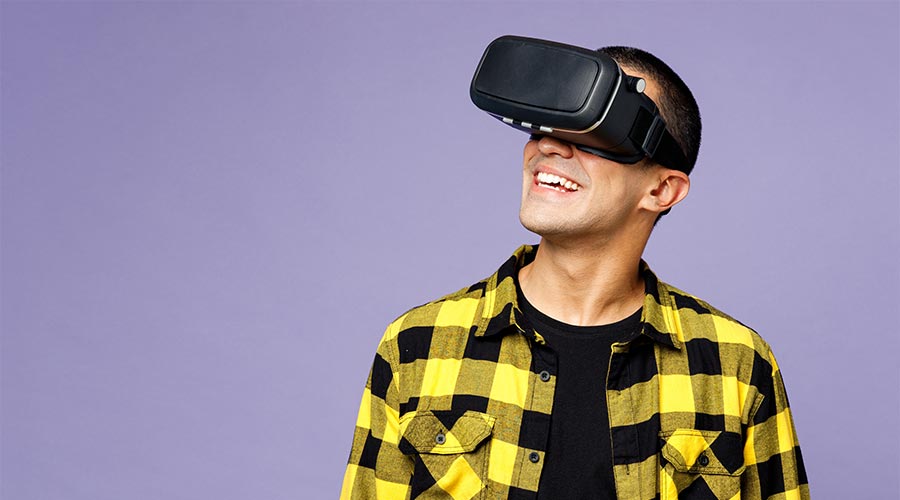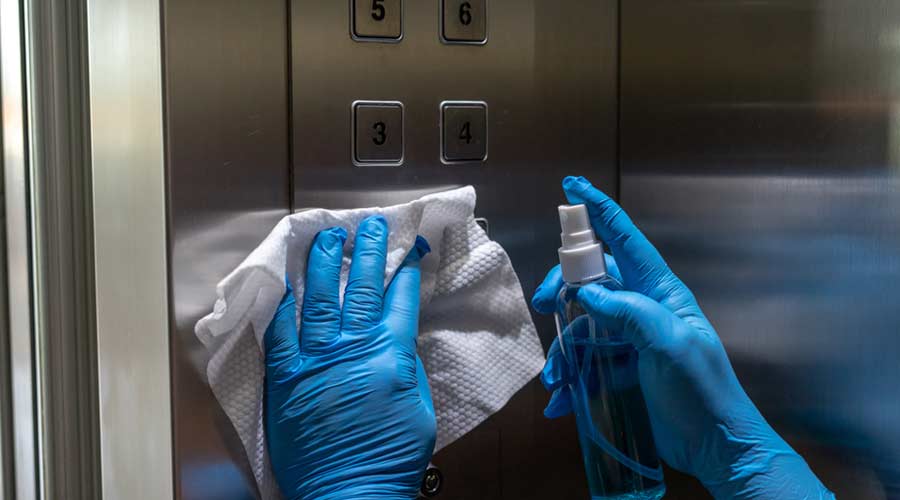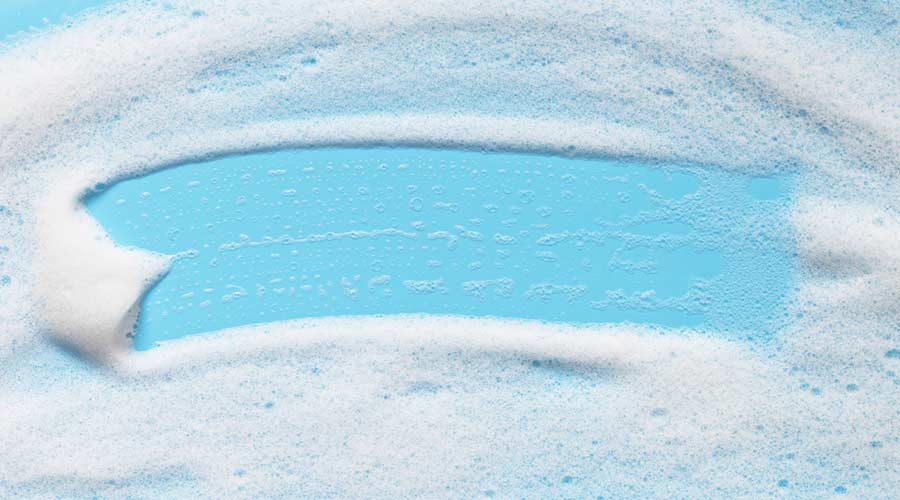
While virtual reality (VR) is commonly known in the entertainment and gaming industries, it has long served as a powerful educational tool in professional fields like healthcare, manufacturing, and aviation. By fully immersing trainees in realistic, interactive scenarios, VR allows them to hone complex skills and practice life-like tasks in a comfortable setting.
More recently, the cleaning industry is reaping the rewards of VR and augmented reality (AR) for training maintenance and janitorial workers. These technologies move beyond traditional classroom learning, empowering staff to improve cleaning techniques, familiarize themselves with janitorial equipment, and respond to potential cleaning challenges quickly and easily.
Jeremy Bailenson, Founding Director of Stanford University’s Virtual Human Interaction Lab (VHIL), affirms that VR can be used as an effective training tool to improve cleaning productivity and proficiency. VHIL allows people to meet in a virtual space and study the psychology of virtual reality and how it affects social interactions.
“VR allows staff to practice procedures in a safe, controlled environment where mistakes carry no real-world risks,” he says. “It can simulate rare or hazardous scenarios that are hard to replicate in live training. This builds both confidence and consistency before staff step into actual facilities.”
Safety in Simulations
So how can facilities use VR to train staff in day-to-day cleaning operations? According to Ron Segura, president of Segura and Associates, one of the ways VR can improve productivity is by simulating the use of various cleaning equipment, including floor scrubbers and carpet cleaners. Staff can practice operating these machines, performing maintenance, and troubleshooting common issues. Users can also benefit from a virtual environment for learning and perfecting deep cleaning procedures.
“VR can simulate deep cleaning tasks, such as cleaning HVAC systems or high-touch surfaces in a healthcare facility,” notes Segura. “Workers can practice the step-by-step procedures to ensure they understand the thoroughness required for such tasks.”
These types of simulations are already improving efficiency in the cleaning industry. Interclean’s website features a case study that demonstrates how VR can help cleaners improve the disinfection process by making the invisible visible.
Because workers cannot see a chemical disinfecting after it’s been applied to a surface, it is difficult to know if the steps being taken are effective. To address this concern, a VR company developed a solution that allowed workers to see the spray as it would be applied, experimenting with technique, angle, and distance to optimize coverage. According to the case study, the VR simulation removed the guesswork and allowed employees to refine their skills through trial and error and repetition—without compromising safety or wasting product.
VR technology can also replicate cleaning scenarios that pose a danger to staff and building occupants, such as handling chemical spills or responding to biohazard events. According to Bailenson, VR enables repetition of these scenarios until staff achieves proficiency.
“[Simulation] creates more engaging, memorable training experiences compared to lectures and manuals,” he says. “Facilities benefit from reduced errors, higher compliance, and improved safety outcomes.”
At the Centers for Disease Control and Prevention (CDC), providing a safe training environment was one of the agency’s primary goals when launching its OneLab VR initiative. The 50,000-square-foot virtual reality laboratory equips trainers and their staff with clinical and public health laboratory training scenarios to practice skills development.
OneLab VR offers a wide range of VR courses, including an introduction to bloodborne pathogens and how to properly select, don, and doff the appropriate personal protective equipment (PPE) in a virtual museum.
Virtual Reality Training Saves Cleaning Teams Time

 Celebrating BSCAI's 60th Anniversary eBook
Celebrating BSCAI's 60th Anniversary eBook The Down and Dirty on Cleaning in Virus Season
The Down and Dirty on Cleaning in Virus Season How Surfactant Use is Expanding in Commercial Cleaning
How Surfactant Use is Expanding in Commercial Cleaning